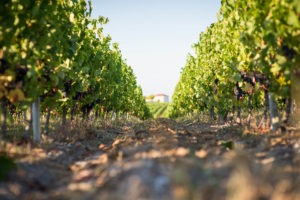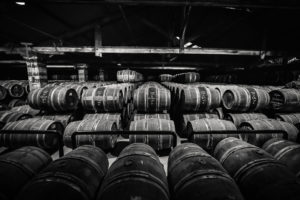Have you ever heard about this little bug ? This vine’s devastating aphid which destroyed the Bordeaux vineyard and even more during the XIX° century ? Well yes, you guessed…I’m talking about Phylloxera…
“Neighbour is pest which is close to human” Pierre Desproges
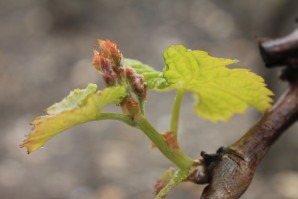
Everything is beginning with the curiosity of some french nurserymen who enjoyed free-trade and brought back from the US new plants. In greenhouses, a strange disease destroyed vine pot plants… The first infection was declared in 1863 in the Gard Region (South East of France) and will expand like an oily mark in France : 1865 in the Bouches-du-Rhône, 1866 in Floirac in Gironde, 1876 in Orleans (100km south of Paris), 1894 in Champagne… But also in Europe and worldwide : 1863 in London, 1865 in Portugal in the Douro Valley, 1871 in Switzerland, 1874 in Germany in Bonn, 1875 in Austria and Australia, 1879 in Italy near Como, 1880 in South Africa, 1885 in Algeria, 1888 in Peru… Well, it’s invasion !
You will tell me that it’s very nice but what is Phylloxera ? And what are the consequences of this invasion ?
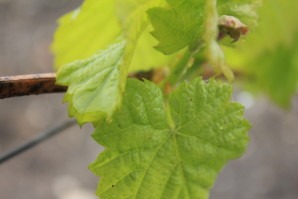
There are two types of Phylloxera : the root Phylloxera which is in the roots and which will kill the vine and the gall Phylloxera which touches the leafs but which is not fatal. So here is the main consequence of this aphid : the vine death in 3 years. And it’s what happened in Bordeaux. But why this famous vineyard has been destroyed ? Well, because there were no way to struggle !
Jules Emile Planchon will describe with precisions in 1868 the aphid and will name it Rhizaphis Vastatrix. He didn’t know that in the USA, this aphid was already well-known. Planchon sent to The Dr Signoret, a Parisian entomologist, some samples. Signoret placed the aphid in the Phylloxera family. Coming from the east coast of USA, Europe and Bordeaux will need more than 30 years to fight against this invasion. Back in the time, it was the wine crisis : Phylloxera was not the only one aphid, there were mildew (brown rot) and oïdium (powdery mildew) also (they are mushrooms, diseases called cryptogamic).
Phylloxera has got an annual reproduction cycle : males and females pair during summer. Only one egg will be laid on the stump : it’s the ‘winter egg’. This egg will hatch out at the beginning of spring and is always a female aphid. This female will go down the roots and be a root Phylloxera or this female will go up to the leafs and will become a gall Phylloxera. But the cycle is not over : these females will hatch out again as soon as they are adults, 40 to 100 eggs without fecundation ! All these eggs are also females !! During summer the females will shed to nymph : the winged Phylloxera hatched out again eggs but females and males. These are going to live the time to reproduce and hatch out the ‘winter egg’… The cycle will re-begin. Then we understand why Phylloxera spread so fast !
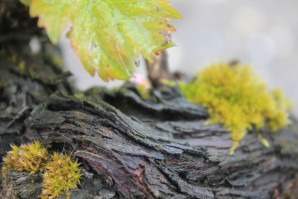
But what has been done to fight against Phylloxera in Bordeaux ?
The wine-growers have a lot of imagination you know ! So the Bordeaux wine-growers were going to try a lot of treatments in order to destroy Phylloxera. They put mustard gas in the vineyards, they applied a mix of lime, naphthalene and water on the vine stocks to kill the ‘winter egg’, they injected in the soils volatile liquid carbon bi-sulphide, they drowned the vineyard with water because Phylloxera hates humidity (it was efficient but the submarine lands in Bordeaux are not the one where are the well-known Chateaux)… Well, a lot of ideas but no results.
Yet, the solution came naturally : back to the roots. In fact, in the USA, the vines weren’t attack by the Phylloxera. Was the solution in the vine ? So, wine-growers had to grow non vitis vinifera (which means non European vines) in order to contain the epidemic. It’s in fact the solution which has been chosen in Bordeaux. Non vitis has been planted and vitis has been burnt. But a new problem appeared : the non vitis are not giving the same quality of wines than vitis. Wine-growers had to wait 30 years and gone through hybrids and grafts… Today, we are mostly cloning (field selection or other).
It’s seldom in France to meet vines older than the Phylloxera apparition… The vines of Sarragachies might have 200 years old and have been classed ‘Historic Monument’ in 2012 (it’s the first vine which has this title). And in Champagne, the Maison Bollinger has got a lot of Pinot Noir which have their original vine stocks.
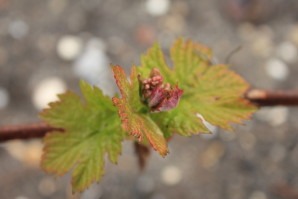
Today, Phylloxera is still in the vineyard but is no more the number 1 enemy in France. It caused a lot of damages in California in the 90 (use of non-resistant rootstock to Phylloxera).

